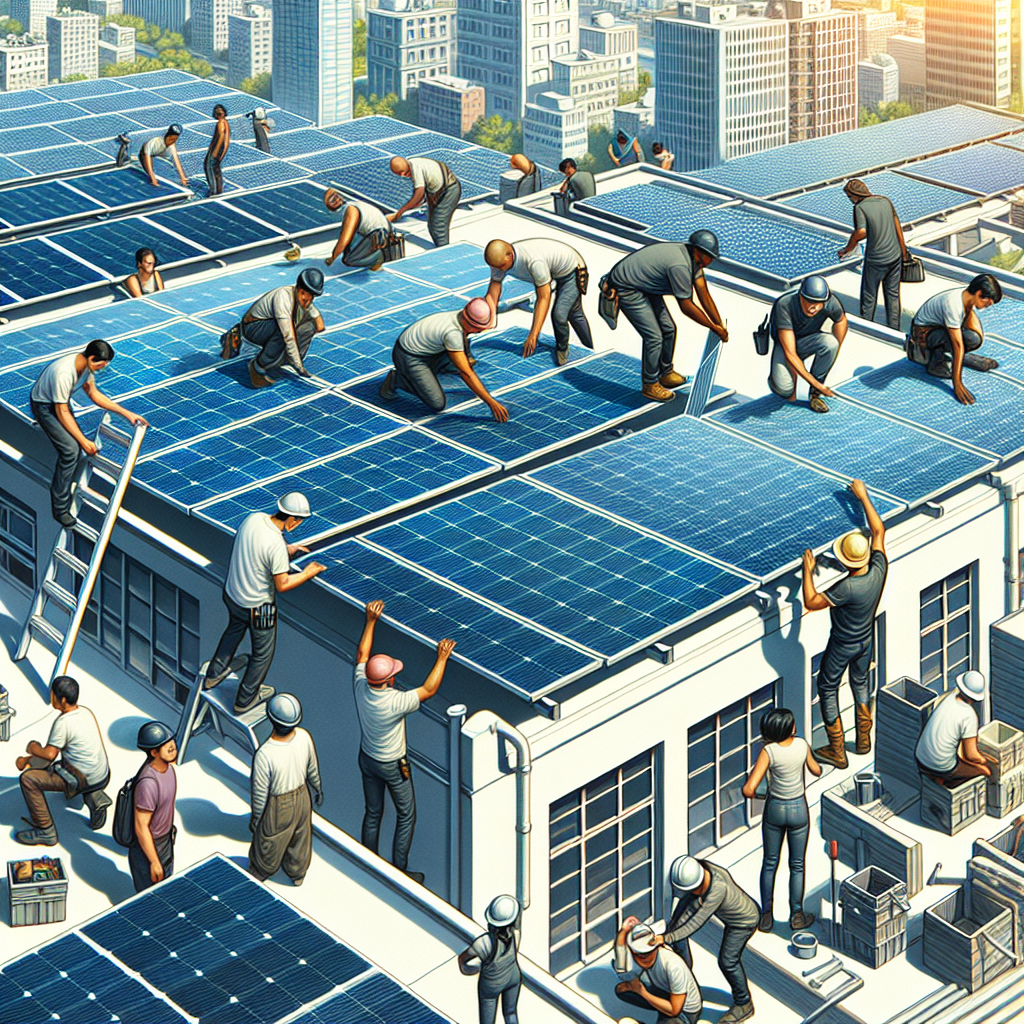The green revolution in the energy sector isn’t simply a phase; it’s an ongoing transition from traditional fossil-based resources towards renewable ones. At the center stage are entrepreneurs who envision transforming our world into a self-sustaining organism.
Historically, governmental policies have held significant sway in determining whether industries rise or fall. Legislation such as tax incentives for renewable sources, carbon pricing and stringent regulatory frameworks surrounding emissions have allowed startups to thrive inside this new ecological niche.
Diverse stakeholders share varying perspectives on this entire spectrum change. Environmental activists laud their efforts for climate action; skeptics question their viability against established giants; economists analyze potential budgets and fiscal returns.\

The economic impact is undeniable – new ventures creating jobs, technologies boosting efficiency and innovative business models driving market competition. The resultant circular economy promises resilience amidst global threats like climate change.
Socially too, these changes are noticeable with communities embracing cleaner energy solutions that promise not only environmental sustainability but also financial prosperity. More individuals now have access to affordable clean electricity than ever before, reducing reliance on erratic grid systems-or worse- expensive diesel generators.
Despite successes recorded so far, challenges remain including intermittency of some renewable sources (like wind & solar), high upfront costs associated with new tech adoption, lack of experienced personnel among others. Policies must be rejigged periodically to address these emerging hurdles while providing continued support to budding initiatives.

The success metrics aren’t tied solely around wattage produced or tons of CO2 saved but include social acceptance levels, biodiversity conservation rates and progress against national & international climate targets. Success is multidimensional incorporating both tangible and intangible elements.
While the current model focuses majorly on replacing conventional sources with green ones, alternate approaches exist such as increasing overall energy efficiency or carbon capture technologies. These present unique opportunities in their own right that can complement a renewable transition.
The future holds promise for this thriving ecosystem: continual advancements are leading toward cheaper batteries; mini-grids play a central role in decentralizing power generation; electric mobility achieves mainstream adoption. However, these projections aren’t set in stone – they hinge upon favorable policies, technological breakthroughs and widespread social acceptance of the new-normal.
Recommendations for moving forward focus around continued support for innovations; preparing the workforce through focused education & training initiatives; transparency in communications to win over skeptics among others. This momentum must not wane but continue propelling us toward a greener tomorrow.

